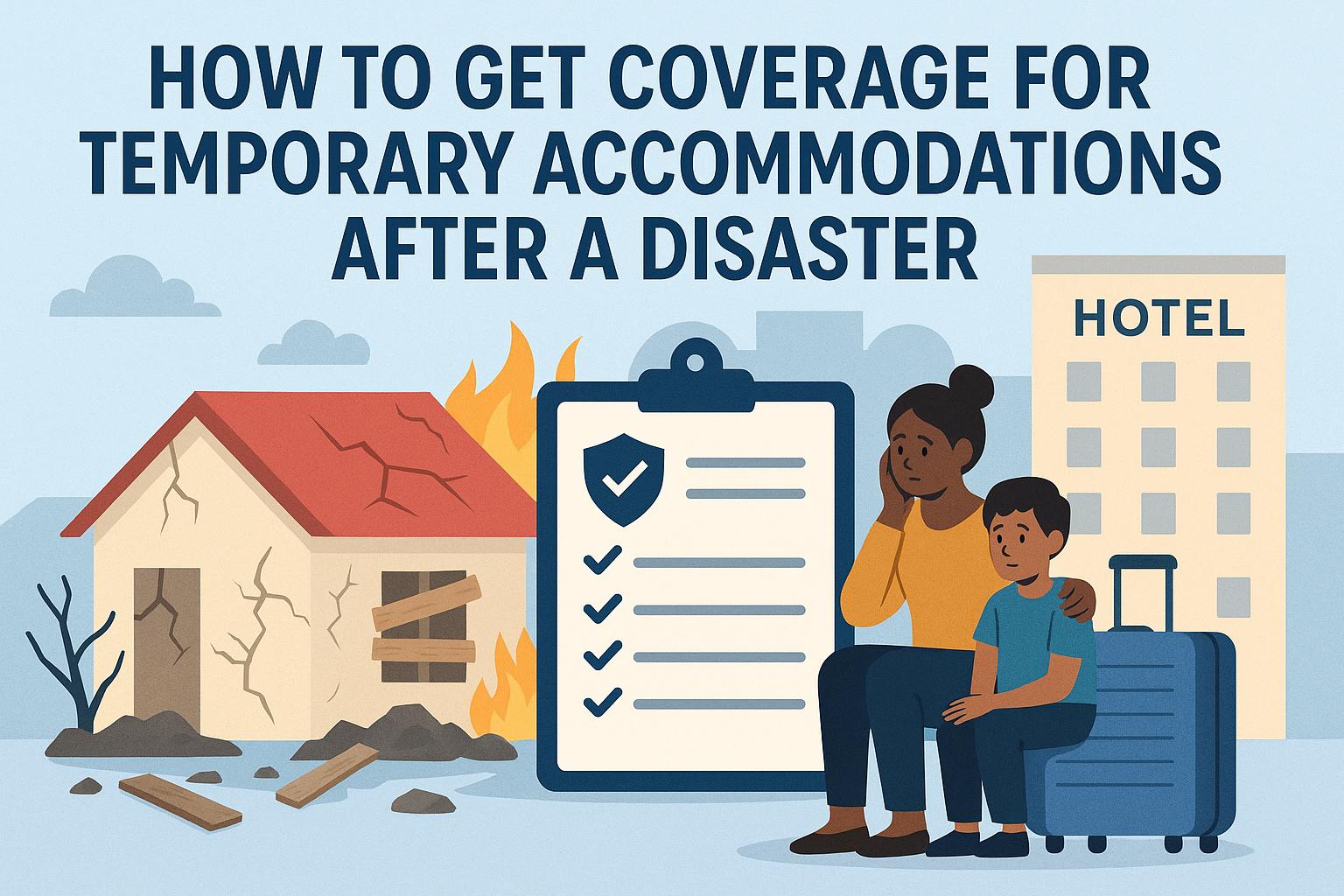Understanding Temporary Accommodation Coverage After a Disaster
Experiencing a natural disaster can be a daunting ordeal for individuals and families. One of the most immediate challenges is finding temporary accommodations after such an event. Understanding the available avenues for securing coverage for these temporary housing needs is crucial for effectively navigating the aftermath. The following sections provide an in-depth exploration of the primary methods and considerations for obtaining this coverage.
Assessing Your Insurance Policy
First and foremost, it’s important to delve into the specifics of your existing insurance policy. Many homeowners’ insurance plans typically include a clause known as Additional Living Expenses (ALE). This provision is crafted to cover costs that surpass your regular living expenses due to displacement caused by an insured event, such as a natural disaster.
When reviewing your policy, pay close attention to the coverage limits and any conditions attached. It’s not uncommon for policies to have a cap on the amount of ALE coverage available, or stipulations outlining specific scenarios under which coverage is applicable. Contacting your insurance provider directly can offer clarity and provide detailed, personalized information that is pertinent to your unique situation. Such communication can help you navigate the complexities of your coverage effectively.
Government Assistance Programs
In times of widespread disaster, government intervention can be a crucial source of assistance. In the United States, the Federal Emergency Management Agency (FEMA) plays a pivotal role in disaster relief efforts. FEMA’s assistance programs often encompass grants or vouchers specifically for temporary housing needs.
To determine eligibility and understand the application process for FEMA assistance, it’s advised to visit the FEMA website. This resource provides comprehensive guidance on eligibility requirements and the necessary steps for application. Additionally, maintaining meticulous records of all related expenses, receipts, and documentation is crucial, as these may be necessary for claims or reimbursement purposes.
Nonprofit and Charitable Organizations
Another critical resource in securing temporary accommodations is the support offered by nonprofit organizations. Entities such as the American Red Cross and numerous local charities often offer immediate relief measures, including temporary shelter solutions. Engaging with community-based organizations can significantly widen your options, especially in cases where national programs are burdened or unavailable.
These organizations may provide a range of services, from basic necessities to comprehensive support, ensuring that individuals and families have a reliable support network to lean on during trying times. Establishing connections with both national and local nonprofits can facilitate access to these vital resources.
Employer Assistance Programs
Employers can also be instrumental in providing disaster relief support to their employees. Many companies have established disaster relief programs, which can offer direct assistance or connect employees to resources for temporary housing solutions.
If your employer has such a program, it is advisable to reach out to your Human Resources department to inquire about available assistance. Employers may provide various forms of support, ranging from financial aid to logistical resources, facilitating a smoother transition to temporary accommodations.
Local Government Resources
Local and state governments often play an active role in aiding residents affected by disasters. These government bodies may allocate resources or establish funds specifically to assist with temporary housing needs. Additionally, partnerships with local businesses might be formed to extend shelter solutions to those in need.
To discover what resources are available, visiting your local government’s website or contacting municipal offices can be beneficial. Local governments may offer various forms of support, including grants, temporary housing facilities, or collaboration with local hotels and businesses to provide shelter during a crisis.
Understanding Application Needs
Regardless of the assistance source, accurate and comprehensive documentation is essential for a successful application. You should be prepared to provide a range of documents that substantiate your displacement and financial need. Essential documentation typically includes proof of residence, personal identification, and evidence of property damage.
Gathering this information promptly can expedite the application process and reduce the time taken to secure needed accommodation. Having organized records can ensure a more streamlined experience, minimizing delays and complications.
Conclusion
In summary, securing coverage for temporary accommodations after a disaster requires a multifaceted approach. Evaluating your insurance options is the first step, followed by exploring governmental and nonprofit resources and leveraging any available support programs through local entities or your employer. Understanding these options and carefully reviewing the conditions can pave the way for receiving the necessary support during a challenging period.
To achieve a more personalized assessment and navigate these avenues effectively, direct communication with the relevant agencies and organizations is highly recommended. Through diligent exploration of these resources, affected individuals and families can gain the support they need to confront the challenges presented by a disaster, ensuring that their immediate housing needs are adequately met.
